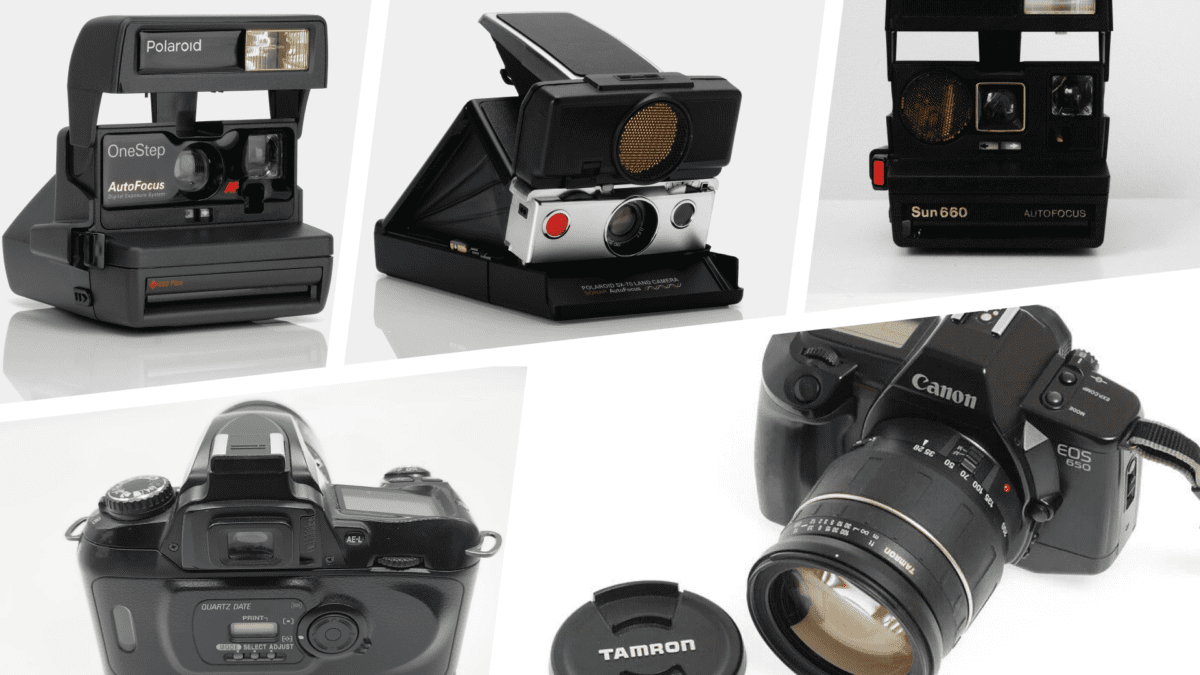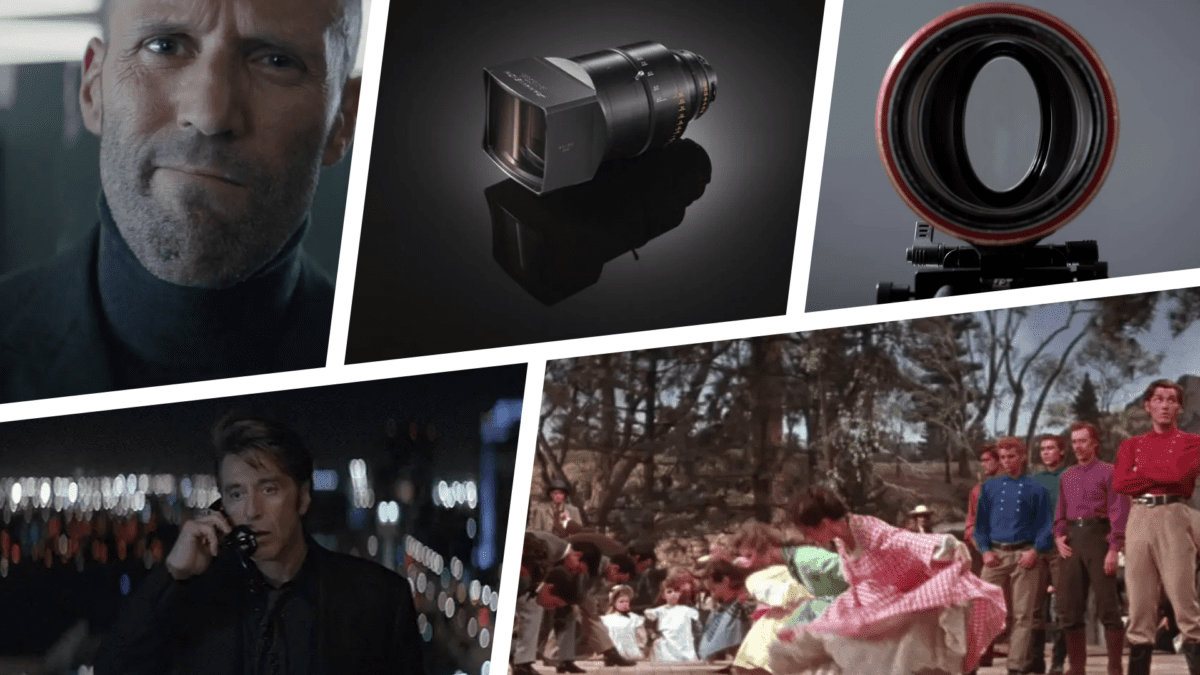What Is Balloon Light in Film? Soft Illumination for Cinematic Beauty
What Is Balloon Light in Film: Illuminating Set Lighting Basics In the realm of film production, a balloon light is an essential lighting tool that casts soft, even illumination across expansive areas. It’s a versatile piece of equipment used to mimic natural light sources or…
What Is Available Light in Film? Harnessing the Natural for Authenticity [With Template]
What Is Available Light in Film: Harnessing Natural Illumination Available light in film refers to the natural or existing light present in a location rather than artificial lighting added by filmmakers. It’s a crucial element that cinematographers leverage to set the tone and mood of…
What Is Autofocus in Film? Keeping the Story Sharp in Every Frame
What Is Autofocus in Film? Understanding the Basics Autofocus in film refers to the camera’s ability to automatically adjust its lens to ensure that the subject of the shot is sharp and clear. It’s a critical tool that enables filmmakers to capture high-quality images without…
What Is Artificial Light in Film? Illuminating Scenes With Purposeful Glow
What Is Artificial Light in Film? Unveiling Cinematic Illumination Artificial light in film refers to any source of light that’s introduced by the filmmaker to enhance or manipulate the visual aesthetics of a scene. It’s a pivotal element in filmmaking that allows directors and cinematographers…
What Is Angular Resolution in Film? The Fine Line Between Blur and Clarity
Angular resolution in film refers to the detail an image holds, essentially measuring how well a camera can distinguish between small details of an object that are close together. High angular resolution means a sharper, clearer picture where finer details are visible, crucial for both…
What Is Angle of View in Film? Crafting Perspectives That Tell Stories
What Is Angle of View in Film? Exploring Cinematic Perspectives Angle of view in film refers to the extent of the observable world that’s seen at any given moment through the camera lens. It’s a pivotal concept in cinematography, determining how much of the scene…
What Is Anamorphic Widescreen? Expanding Visual Storytelling Horizons [Definitive Guide]
What Is Anamorphic Widescreen: Unveiling Cinematic Magic Anamorphic widescreen is a technique used in filmmaking to capture a wide field of view and project it onto a standard-sized screen without losing any part of the original image. It’s achieved by squeezing the horizontal axis of…
What Is Anamorphic Format in Film? Squeezing Widescreen Wonders Onto the Screen
What Is Anamorphic Format in Film? Exploring Cinematic Techniques Anamorphic format is a distinctive filmmaking technique that’s been captivating audiences for decades. It refers to the process of shooting a widescreen image on standard 35mm film or other visual recording media with a special lens…
What Is Analog Recording in Film? Preserving the Warmth of Cinema’s Golden Age
What Is Analog Recording in Film? Understanding the Basics Analog recording in film is a traditional method of capturing moving images using a camera and film stock. Unlike digital recording, analog captures the light chemically on celluloid strips, creating a physical representation of the image….
What Is Aerial Perspective in Film? Capturing Vistas From Above [Ultimate Guide]
What Is Aerial Perspective in Film: Unveiling Sky-High Cinematography Aerial perspective is a filmmaking technique that involves capturing scenes from high above, often with the help of drones or helicopters to establish context and showcase vast landscapes. It’s not just about grand shots from the…










